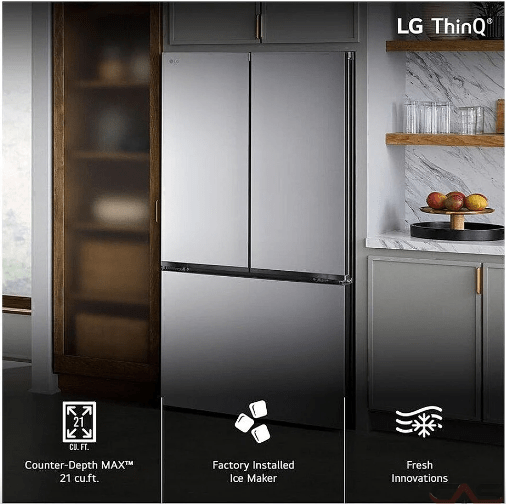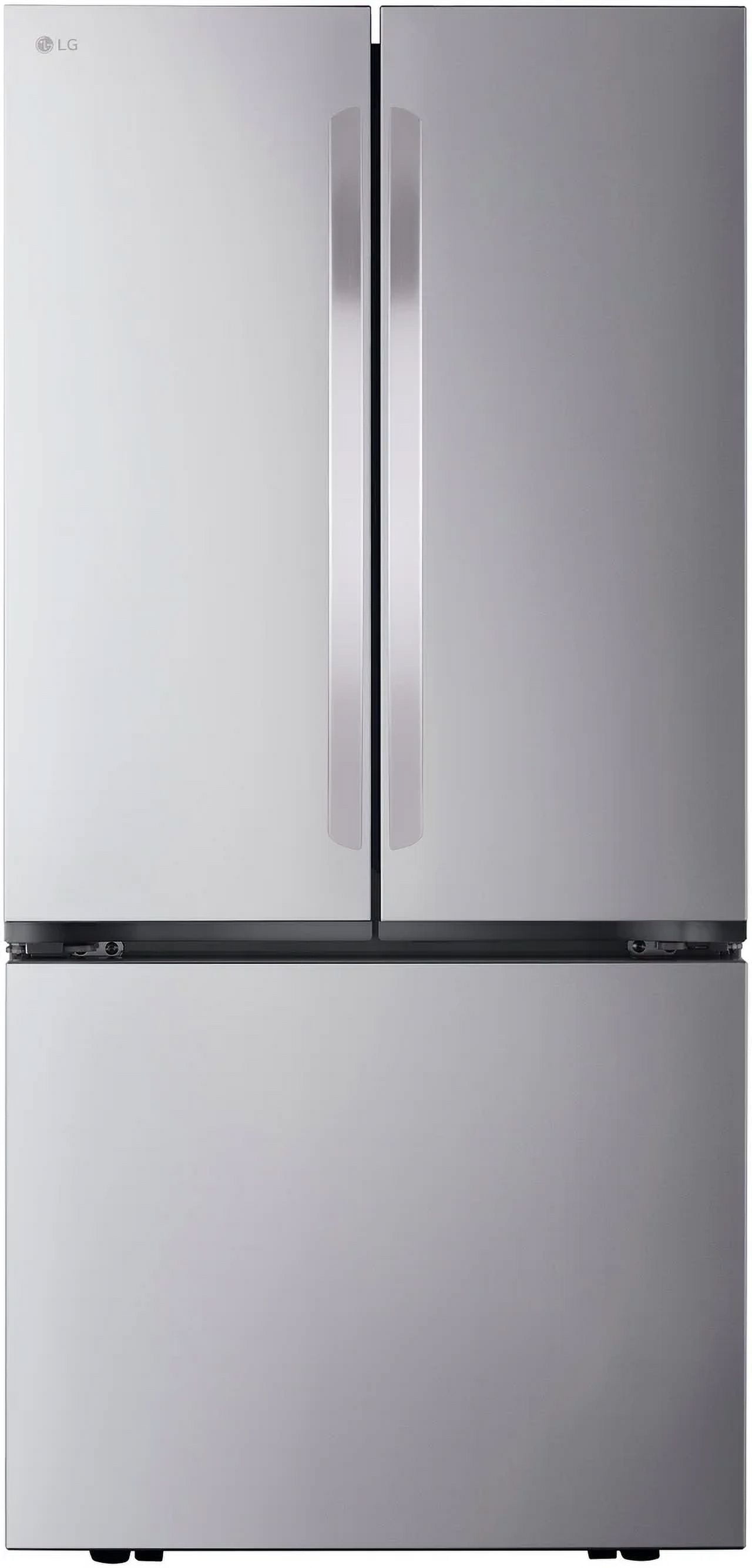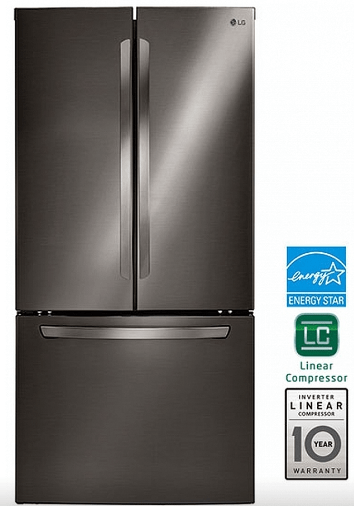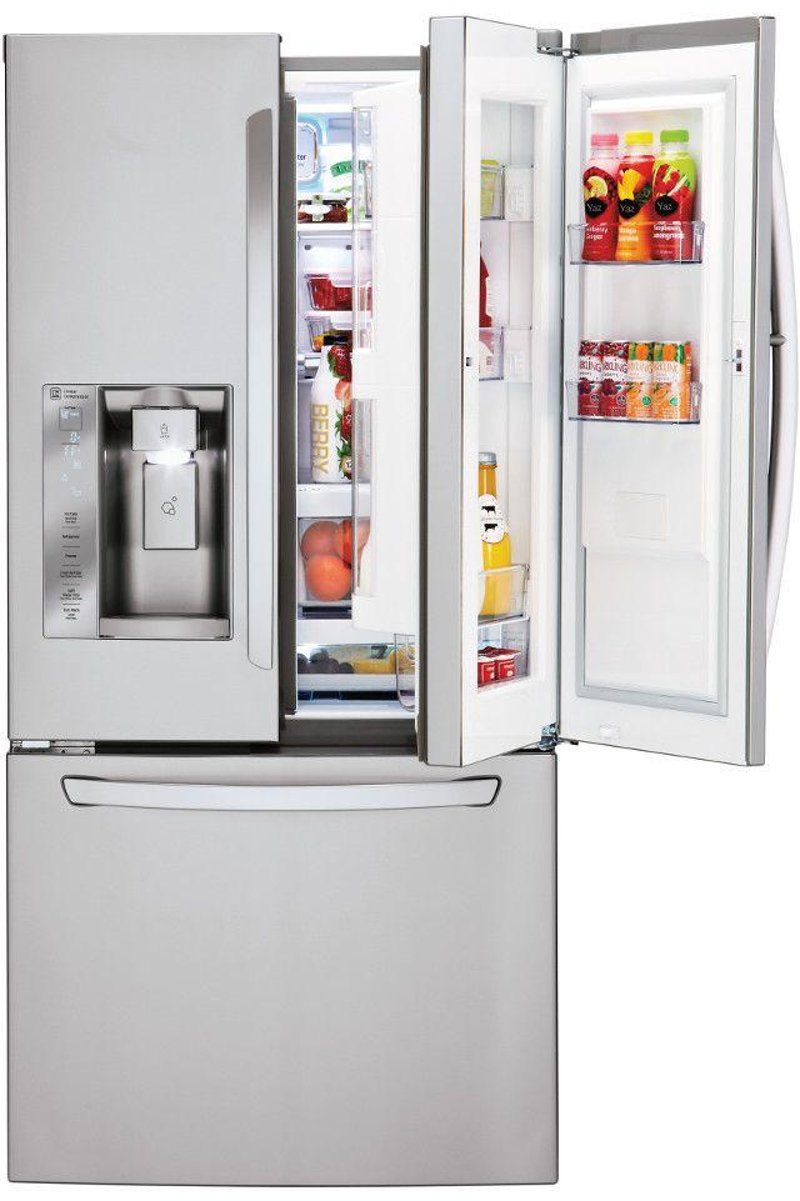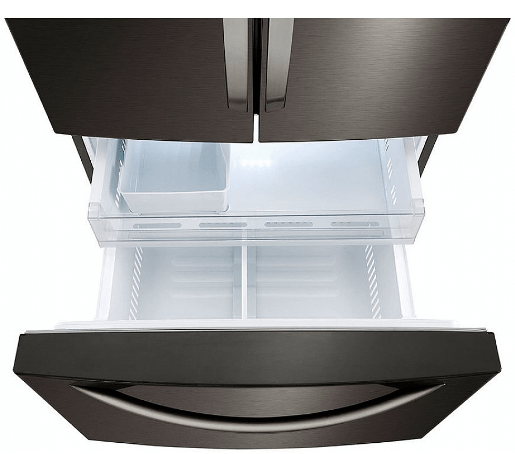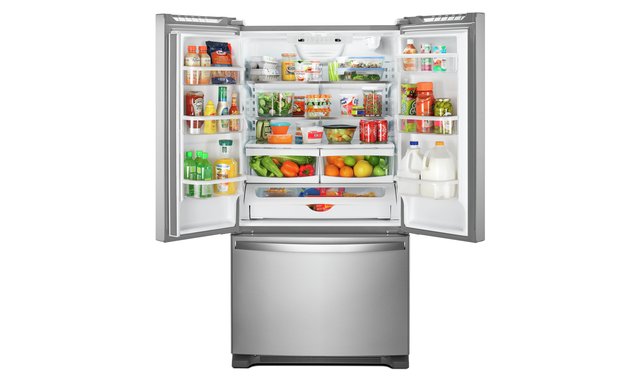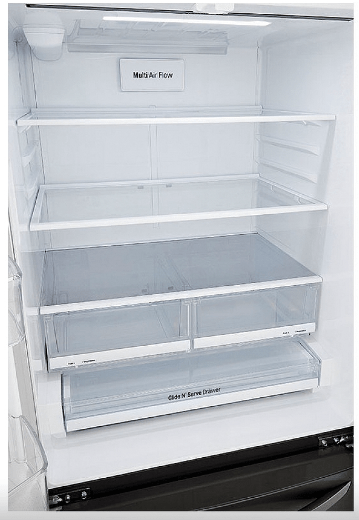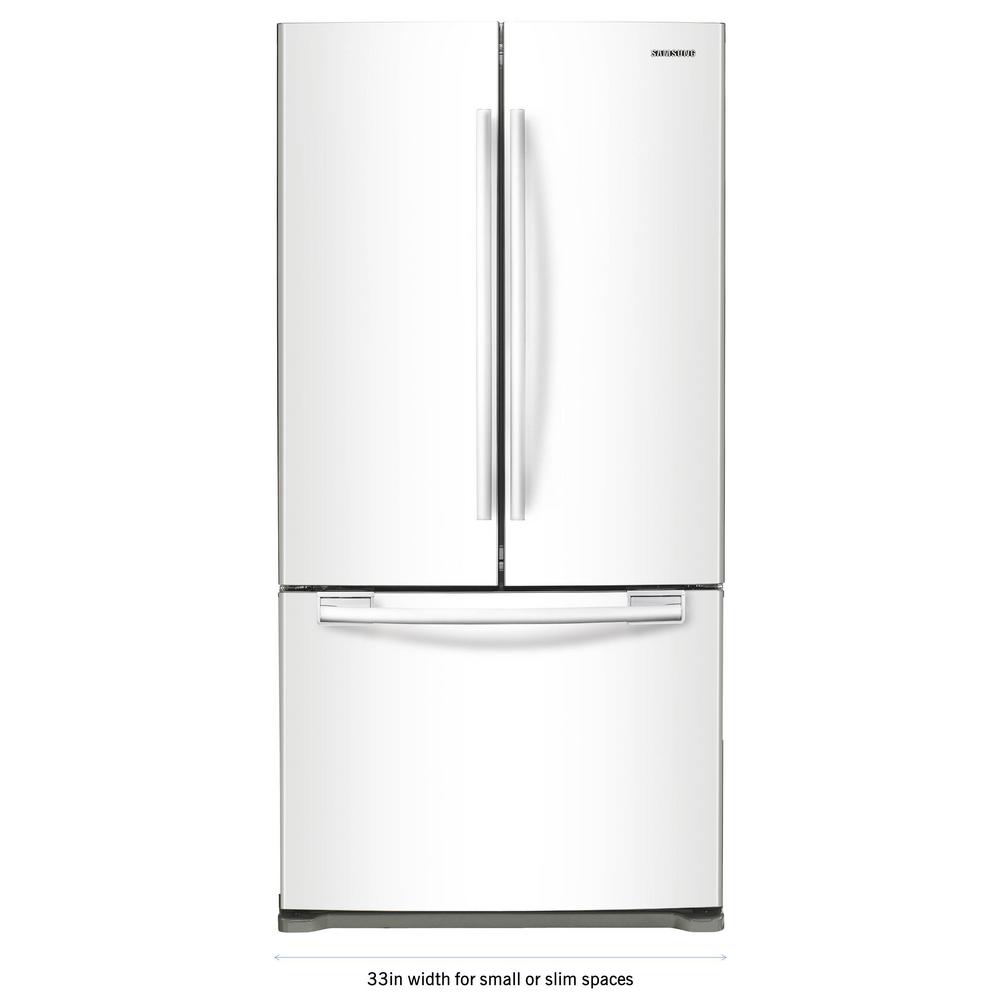Door In Door Refrigerator 33 Inches Wide
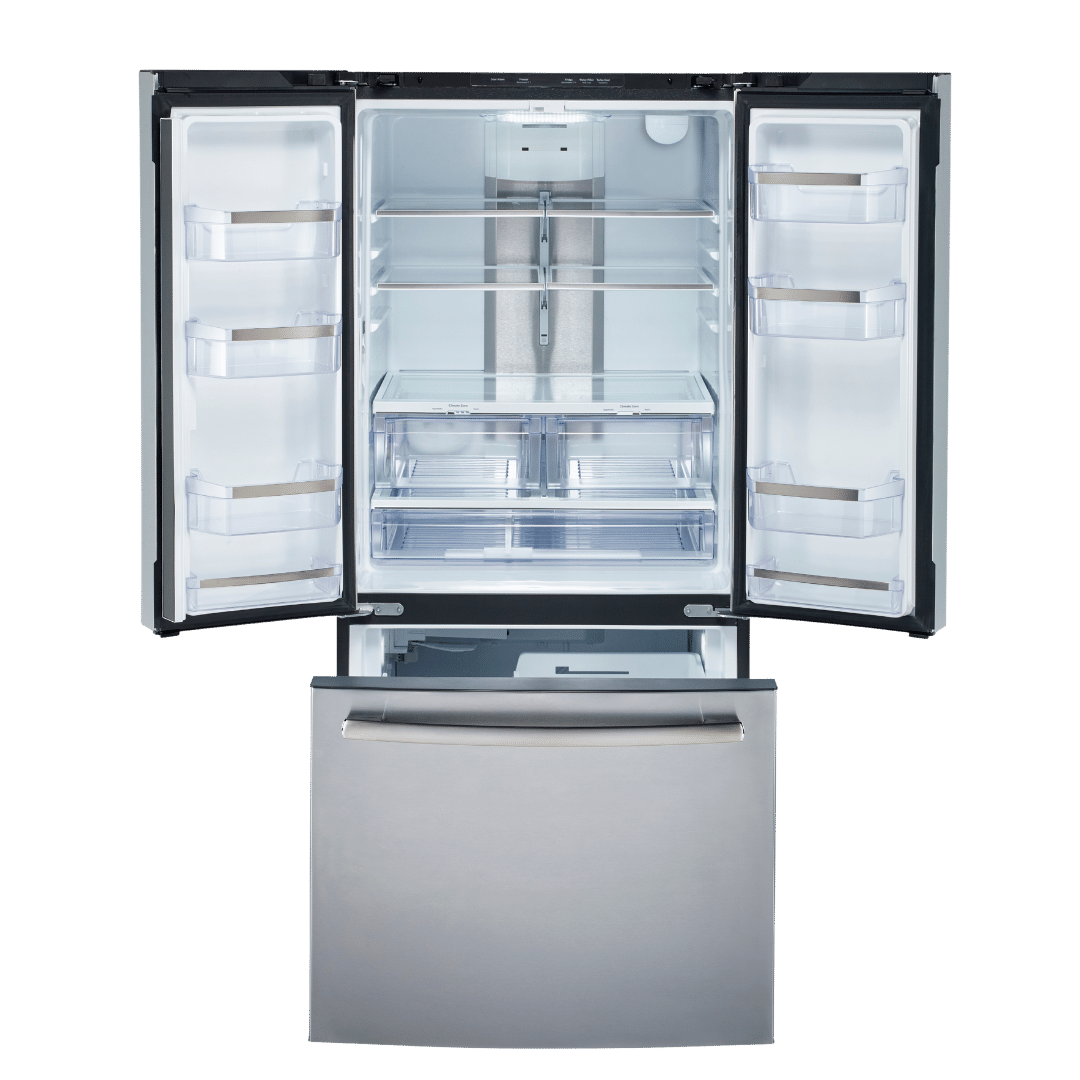
The market for compact refrigerators is heating up with the introduction of new models offering advanced features typically found in larger, more expensive appliances. One such offering is the 33-inch wide Door-in-Door refrigerator, a design gaining traction for its convenience and energy-saving capabilities.
These refrigerators represent a shift in appliance design, addressing the needs of consumers in smaller living spaces or those looking for a secondary refrigerator without sacrificing features. This article will delve into the specifics of these Door-in-Door models, examining their functionality, market impact, and potential consumer benefits.
What is a Door-in-Door Refrigerator?
Door-in-Door refrigerators feature an additional, smaller door integrated into the main refrigerator door. This allows users to access frequently used items, like beverages or snacks, without opening the entire refrigerator compartment.
This design minimizes cold air loss, leading to improved energy efficiency, a key selling point according to manufacturers like LG and Samsung, who have been instrumental in popularizing this technology.
The Rise of 33-Inch Wide Models
While Door-in-Door refrigerators have been available in standard sizes for some time, the introduction of 33-inch wide models marks a strategic move to cater to a different demographic.
These narrower models are designed to fit into smaller kitchens, apartments, or as a convenient option for garages or home bars, making them appealing to a wider range of consumers. Their compact size does not necessarily translate to reduced features.
Key Features and Benefits
Despite their smaller footprint, 33-inch wide Door-in-Door refrigerators often boast impressive features. These can include adjustable shelves, crisper drawers for produce, and ice makers.
The Door-in-Door functionality itself remains the primary draw, allowing for quick access to frequently used items and reducing the overall energy consumption of the refrigerator. Studies have shown that Door-in-Door designs can reduce cold air loss by up to 47%, although specific percentages vary by model and manufacturer.
Market Impact and Consumer Adoption
The introduction of these compact Door-in-Door refrigerators is expected to further energize the appliance market. Analysts predict increased demand from urban dwellers, apartment residents, and those looking for a secondary refrigerator option.
Consumer Reports and other reviewing organizations have highlighted the energy efficiency and convenience of these models, further driving their adoption. The slightly higher price point compared to standard refrigerators remains a consideration for some consumers.
A Personal Perspective
For Sarah Miller, a resident of a small urban apartment, the 33-inch wide Door-in-Door refrigerator has been a game-changer. "I used to have a standard refrigerator that felt way too big for my kitchen," she explains.
"This new one fits perfectly, and the Door-in-Door feature is so convenient for grabbing my morning coffee creamer without letting all the cold air out."
The sentiment echoes a growing trend among consumers prioritizing space-saving and energy-efficient appliances.
Looking Ahead
The trend towards smaller, feature-rich appliances appears set to continue. As living spaces evolve and energy efficiency becomes increasingly important, 33-inch wide Door-in-Door refrigerators are well-positioned to capture a significant share of the market.
Manufacturers are likely to continue innovating in this space, introducing new features and improving energy efficiency to meet the evolving needs of consumers. The key will be balancing advanced features with affordability to appeal to the broadest possible audience.
